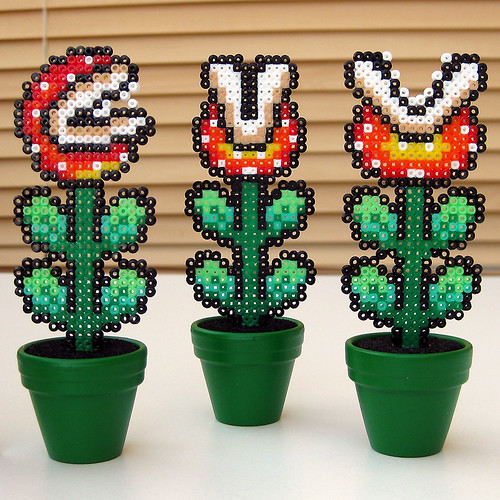
Part 1
- Provide a detailed overview of the object of the game.
The object of the game Candy Crush is to achieve a certain amount of points in a certain amount of moves, and to pass each level with the highest score possible. To do this the player must get 3 to 4 matching candies in a row, or form different patterns like an L or a T pattern, and by doing this must accumulate as many points as possible.
- List 3 or more things you like about the game. Why?
I like the simple design of the candies because it doesn’t distract the player from the game, but also adds a good amount of visual qualities. I also like the different levels and their structures because as you progress in the game the levels become harder but not too hard to the point where it’s frustrating, and the game also provides you with more options to accumulate points as you progress. Lastly, I like the matching idea of the game because the concept is very simple but when incorporated correctly in the game it can become quite challenging, which makes it fun to play because it’s easy to learn the concept and harder to play the actual game.
- List 3 or more things you do not like about the game. Why?
I don’t like the story behind the game as it is very plain and boring, and there isn’t a conflict or anything that explains why the player is “crushing candies”. I also don’t like that the restraint given to players is the amount of moves they are given, as I think it makes the game too easy. Finally, I don’t like that the object of the game is based so much on your own score and only barely touches on competing with others.
- List 3 or more reasons you think the game you are reviewing is successful.
I think the game is successful because it is so easy to learn how to play, you can play it almost anywhere and at anytime, and it is very fun to play because almost all of the time you are successful in passing the levels but each level in turn is still challenging.
Part 2
- Create a revised object of the game based on your ideas and recommendations to improve it.
- List 3 or more specific changes you would make to the game. Why and how will these changes improve the game?
I would change the restraint given to players from amount of moves to a time limit to make the game harder and more intense. In this way the game would keep players playing for longer amounts of time on each level, because a time limit makes the game harder and adds a larger element of pressure. Next, I would change the story behind the game. The current story doesn’t provide a conflict or reason to be playing the game, and it would be so much more interesting with a story motive. With an added conflict such as a villain is chasing you, so you need to get through the candy crush levels as fast as possible so you don’t get caught would make the game much more interesting. This plays into the first change I would make to the game which was to change the restriction to time limit instead of amount of moves. Finally, I would change the game so it is more interactive with other players like a multi-player game. For each level you can have the option to compete against someone else for the most amount of points accumulated in the given amount of time. This would make the game more competitive and fun to play, but also more difficult.
- List 3 or more reasons why the original designers did not choose these changes and ideas you identified.
The designers probably did not make the restriction a time limit because the game is designed to be a puzzle game you can take your time on when you are bored. A time limit would make the game too intense and difficult, and would change the audience the game designers were trying to target. They probably didn’t make the story line too in depth because the purpose of the game is to be a game you don’t dive too deep into, and one of its best qualities is the fact the game is so easy to understand. A complicated backstory would have messed with this objective. Finally, they probably didn’t make it more competition based because it is a simple, non-intense game and competition would make it less of an individual game.
- List 3 or more reasons why these changes may be difficult to include if the game were revised.
These changes might be difficult to include because it changes the entire basis the game was built on, which is playing individually and simplicity. It would also be hard to add the multiplayer function because of the way the game is built, as not a lot of puzzle games are multiplayer. Finally, these changes would change how the game is being advertised, which is as something you play when you are bored at work or in the car. The game would now be something you play competitively with your friends or against strangers, not as much something you play simply when you’re bored.
- Briefly explain why you would like to make these changes.
I would like to make these changes because it would change the object of the game to something more immersive, and would change the object of the game to be to beat your opponent instead of your own score. This would make the game less individually based, and would allow for more competition as a motive to play.
